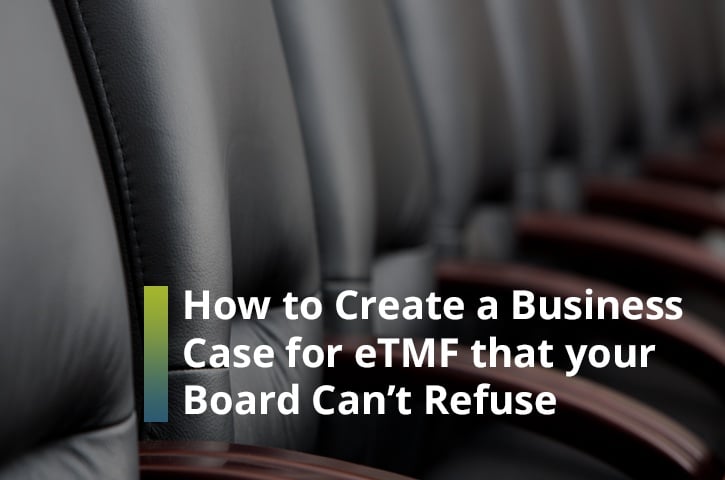
Clinical organizations are now competing in a new world where the pressures of clinical trials are more intense than ever. Whether it’s to reduce trial timelines or to increase quality –clinical teams are expected to do more with less. While many of these groups will look to improving resources and tools or optimizing processes, more and more are evaluating the implementation of electronic tools to increase clinical trial efficiency – most notably in the form of electronic trial master file solutions.
As more and more organizations evaluate eTMF solutions, many are required to propose a business case internally to get buy-in or to release funding for a project. We’ve put together some brief pointers to guide you as you develop a business case, and even developed a template to get you started.
What should a business case for an eTMF look like?
The business case proposal that you’ll develop for implementing an eTMF will be the primary selling tool you use internally for presenting the case for your proposed project. The goal of this proposal is to give the reader all of the information they need to give you the ‘yes’ so you can get started finding the right eTMF solution for you.
Here are a few essential characteristics of your business case you’ll need to include.
It should:
- Be Clear & Concise
- Serve as a selling tool
- Provide a Big Picture Overview
- Include Reasons for Proceeding
- Include all of the associated costs (initial and recurrent); and
- Clearly present how an eTMF will contribute (benefit) to the organization
Essential Sections of your eTMF Business Case
Developing a business case can be a time-consuming process, especially if you have to do a significant amount of research to back up your proposal. While some hit the nail on the head and do a fantastic job at delivering value, We’ve seen some business case proposals that are just overkill and add too much detail, drowning the reader. The sections below should give you a good starting point.
The Purpose of your Proposal
This section presents why you’re proposing to implement an eTMF at your organization. Typically this section provides the situation/reason for which an eTMF is proposed.
- It should be divided into the following sub-sections:
- A description of the problem, the opportunity, or the need.
- A description of the proposed solution – an eTMF
Key Questions
- What is it we want to accomplish?
- What are the objectives we want to attain?
- What is being proposed and why?
What is the SCOPE of your eTMF project?
The project scope should clearly describe:- What it includes (what is in scope?)
- What it does not include (what is out of scope?)
In determining the scope you should consider what impacts the proposed eTMF implementation will have. The purpose of this section will be to identify what systems/ processes/ etc. are being affected, and what falls within the limits of this project. The project scope does not need to go into all the details of how systems will be affected, as those details will be described in further detail in the section “Implications / Issues”.
How much do you estimate an eTMF will cost? And what resources are required?
This section must provide a realistic estimate of the resources and costs required to implement an eTMF. It is imperative to give decision makers a fair understanding of the commitment that will be required to complete the project and have the eTMF fully operational. This section must provide:
Assessments of all the project resources and costs required including costs for:
- Initial Investments
- The recurrent and whole life of ownership, and usage
Key Questions:
- What will it cost?
- What are the resources required?
Present the Value an eTMF solution will bring, and detail the Benefits
One of the most important parts of presenting any business case is to demonstrate the value of moving forward with your project. You understand the value of implementing an eTMF at your organization, but you’ll need to work hard on communicating that value, to sell your management team or board on what it means for the company. A large part of this will hinge on your ability to structure how your organization currently manages clinical records, highlighting the key pitfalls, followed by what your organization could operate like should they move forward with your proposal.
A great way to demonstrate value is by listing out some of the key benefits you believe that implementing an eTMF will have on your organization. If you’re looking for a great listing of the top eTMF benefits, we’ve got a fantastic blog to help you.
Potential Implications / Issues
We get it, you’re trying to win over your Board, why do you need to talk about the potential problems that may arise. While it may seem counterproductive to list out the potential implications or issues for implementing an eTMF, spending time on outlining the possible consequences this eTMF project will have for people, systems and processes will show you’ve done your homework and they can trust this proposal.
At a minimum you should look to research and present on the following potential issues or implications of implementing an eTMF:
- Impact on the business
- Impact on people/business processes
- Impact on technological infrastructure
- outline compatibilities/ incompatibilities of hardware
- operating systems
- databases etc.
- Impact on other projects
- Impact of not proceeding
Other sections of your eTMF business case
In the information above we’ve covered the key areas that you’ll be required to include as you create a business case for eTMF. However, there are a few additional sections we’ve left out that are just as important. You can read more about the following final sections of your business case by downloading our eTMF business case template:
- Key Project / System Stakeholders
- Assumptions
- Risks & Controls
- IT Technological Considerations






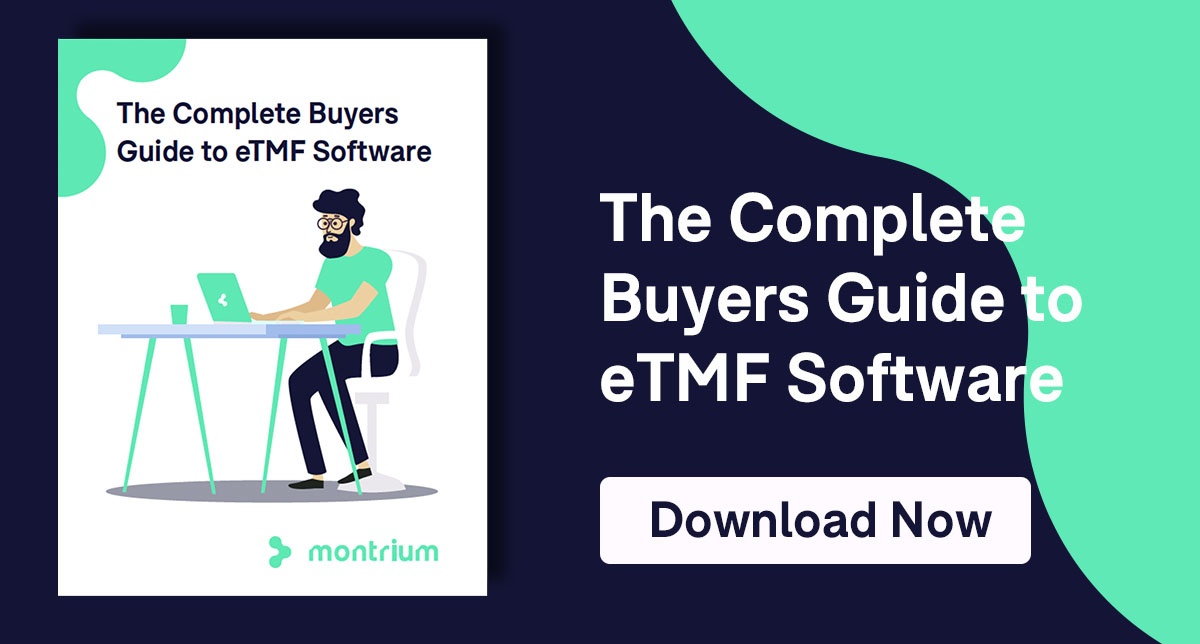






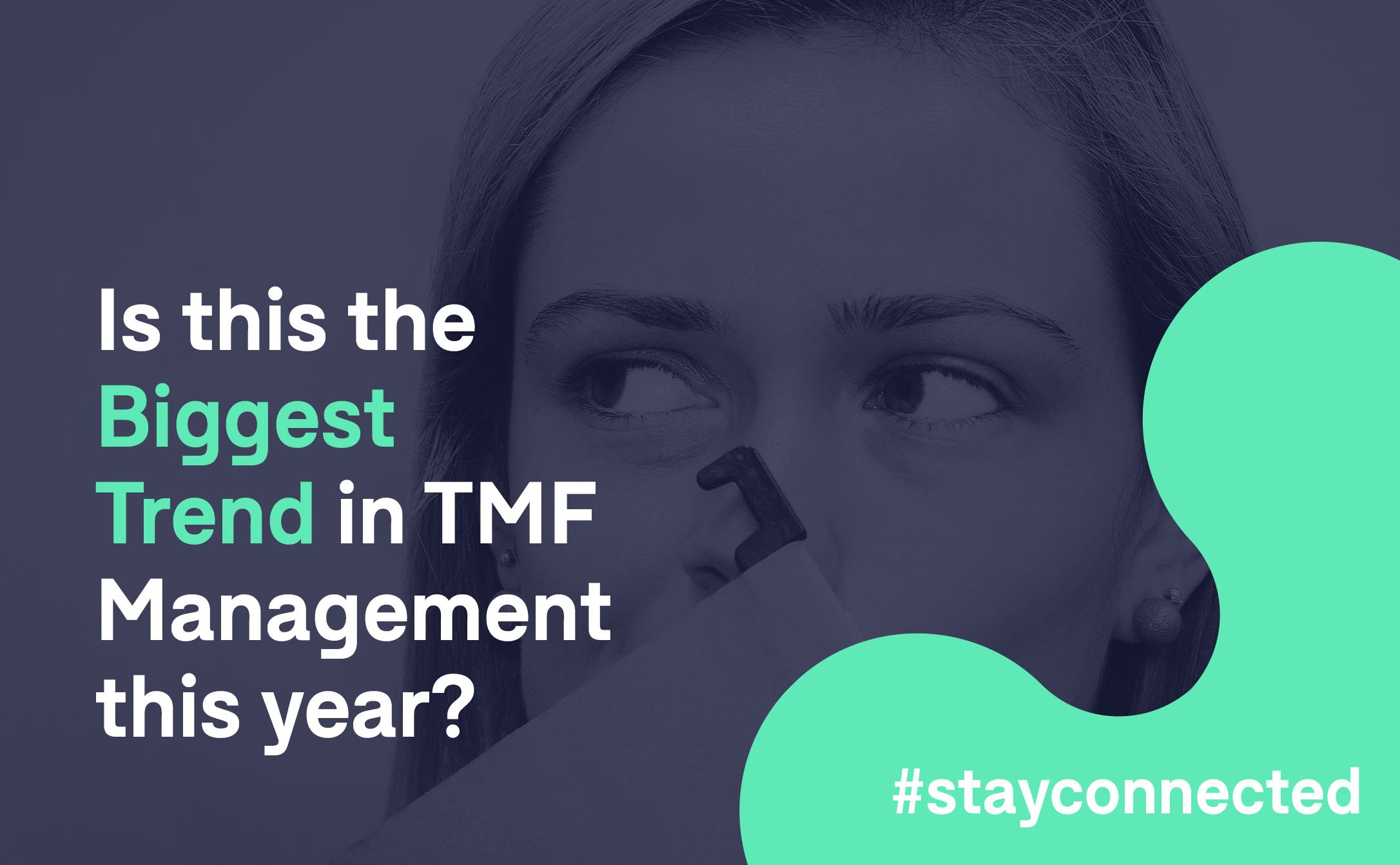
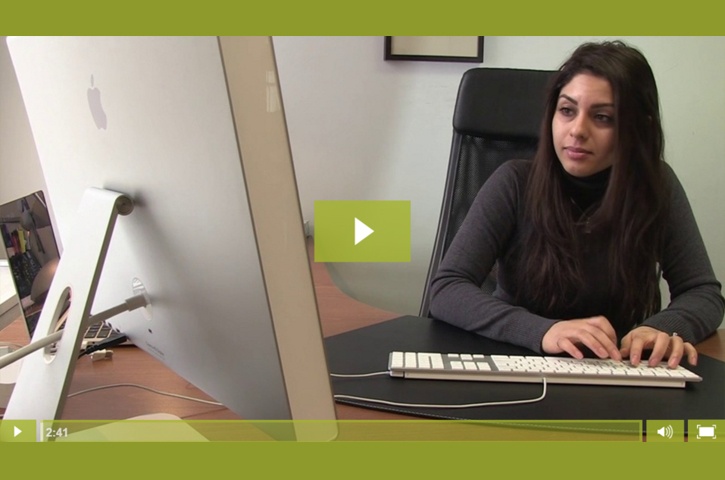

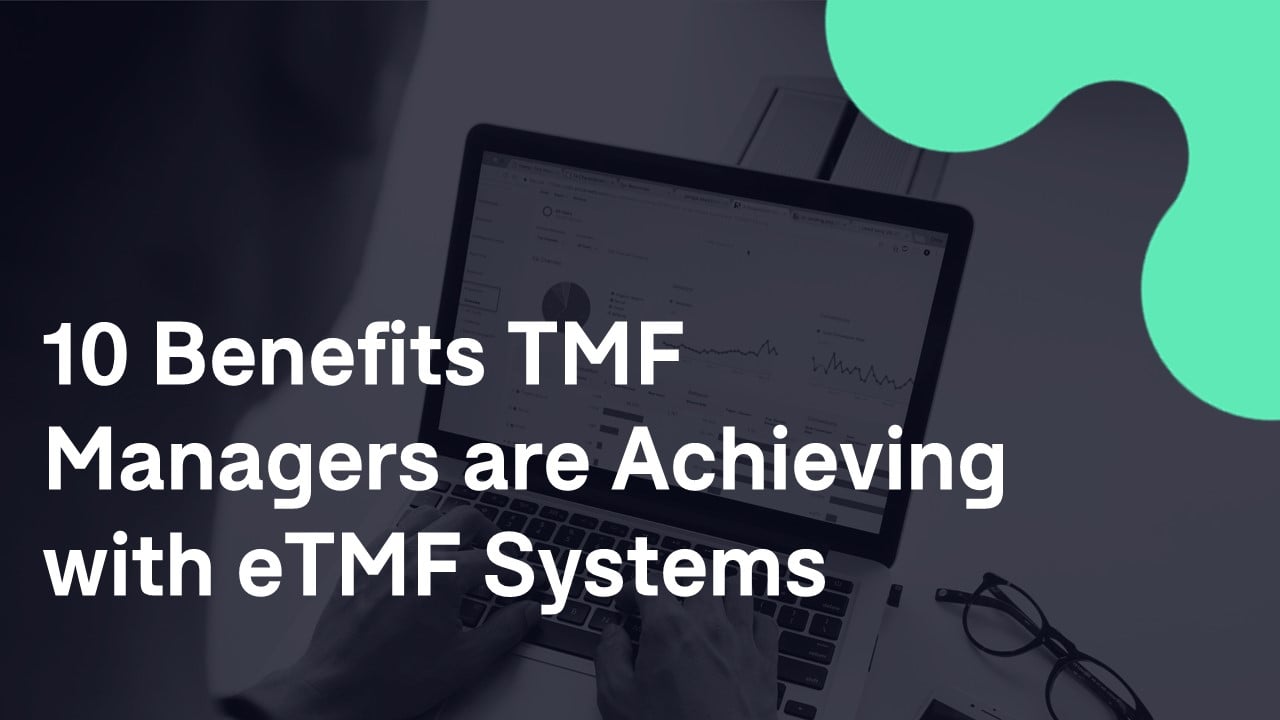
.png)